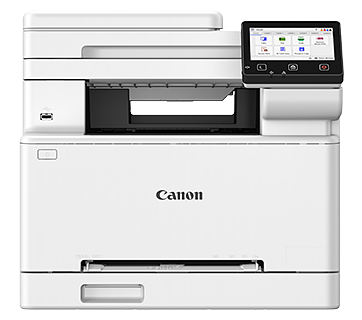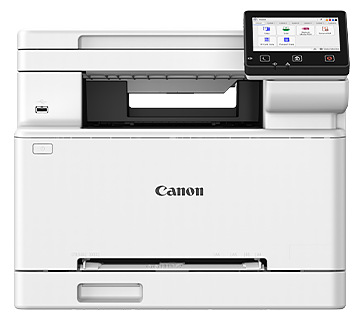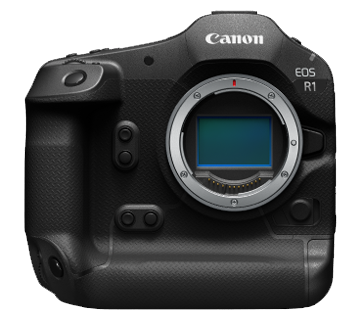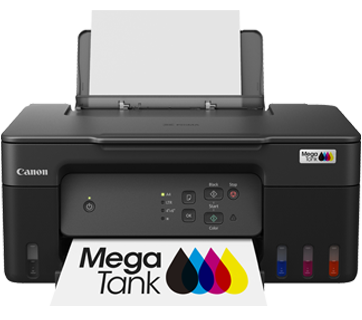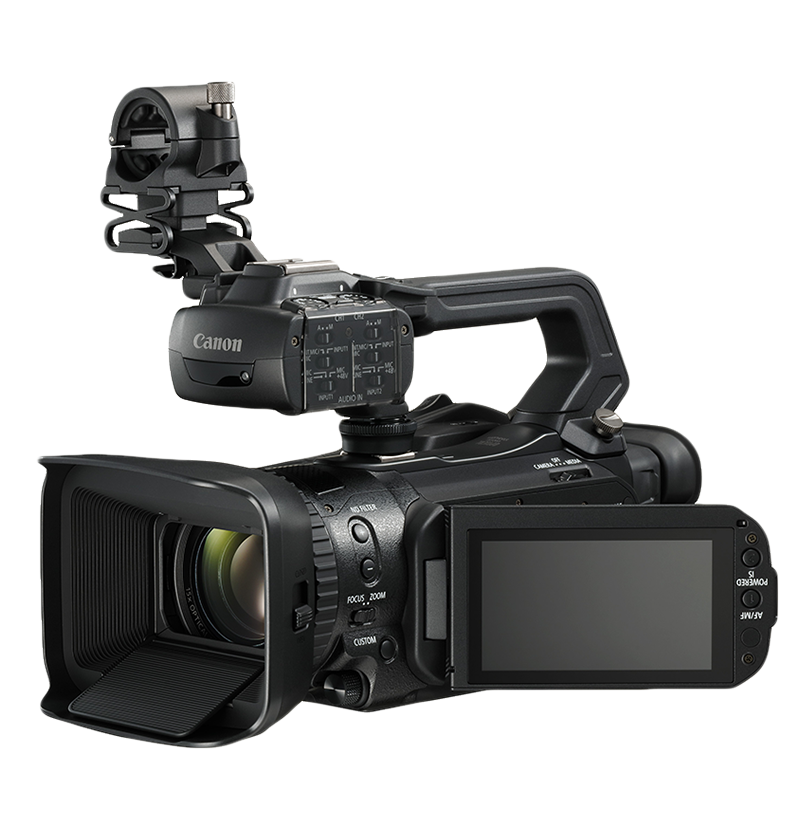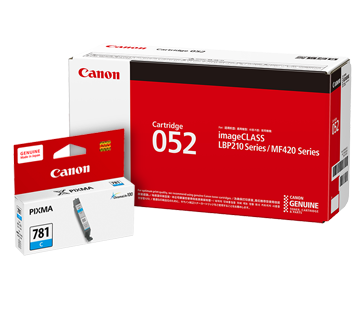
The 5 Ts of Effective Word-of-Mouth Marketing
Word of Mouth is defined as the communicating of product or service information from one consumer to another. To market using this medium is to provide a venue where consumers and marketers can engage in a dialogue about product or service information.
With the increase in internet users and the accessibility of mobile services, small-to-medium enterprises can now appreciate the fact that Word-of-Mouth Marketing (WOMM) has become a significant influence on consumer behaviour.
From social networks to online communities to blogs to widgets, WOMM can be found in almost all online activity. And as research has shown that consumers trust 78% of recommendations given by other consumers, WOMM not only helps companies reduce their advertising budget, but is also a more effective way of promoting a brand.
Used in conjunction with a solid product or service and a thorough e-marketing strategy, WOMM can help companies educate consumers about their products and/or services, identify the most effective media platform and the key influencers, and also monitor opinions and feedback towards the brand.
According to Andy Sernovitz, a Word of Mouth Marketing consultant, a WOMM plan should consist of the following 5 Ts:
Talkers
In every consumer base, there are loyal customers who will continually support products and services that they genuinely like. As a marketer, the task is to find these fans, loyalists, bloggers, advocates, and opinion leaders who are willing to promote the brand. These “talkers” can also be paid bloggers and advertisers who have considerable influence on target customers, or have a wide reader base a company wishes to cover.
Topics
The talkers and other consumers should be given material about your brand to promote. This can range from exclusive offers to new product lines, and any new projects that may also be of interest to them. It may also be helpful to include socially-relevant issues or thought-provoking concerns that consumers can relate to.
Tools
To spread useful information to others, talkers must have an array of tools available to them. This can include a page on the brand’s website, online communities for loyal consumers, referral forms, viral email and text messages, brochures and media kits, and free samples or trials for them to experience the product or service firsthand.
Taking Part
These are the guidelines followed by the talkers and consumers regarding the topics posted. They may check out the comments and reply to them, post related information on the blog, become active members of discussions, reply to emails and other queries, and maybe even personally let interested parties experience the product or service.
Tracking
Possibly requiring technical assistance, it is essential for the company to be able to measure and interpret the information gathered about the brand. The feedback should be considered as a means of improving the products and services. More useful data can be collected by programmers or developers pertaining to website analytics.
While WOMM is a truthful source of information because it is usually carried out within a network of friends, it is also a double-edged knife. Any inaccurate data or negative feedback can ruin a brand’s reputation in an instant.
Therefore, to leverage the effectiveness of WOMM, information, talkers and customers must be updated regularly and handled with care.

